Deputy Prime Minister Le Thanh Long signed Decision No. 1705/QD-TTg approving the Education Development Strategy to 2030, with a vision to 2045.
By 2045, Vietnam's education will reach the world's advanced level.
The objective of the Strategy is to develop modern Vietnamese education, inherit and promote the nation's fine traditions, absorb human civilization, comprehensively develop Vietnamese people, meet the requirements of socio-economic development in the new era, proactively participate in and adapt to the Fourth Industrial Revolution and the latest advances in science and technology; focus on moral and personality education, maximize the potential and creativity of each individual, create a foundation for realizing the goal of a rich people, strong country, democracy, fairness, civilization, prosperous and happy country.
Develop an open education system, ensuring fairness and equality in access to education, serving lifelong learning, towards standardization, modernization, democratization, socialization, and international integration. By 2030, Vietnam's education will reach the advanced level of the Asian region and by 2045, the advanced level of the world.
Improving the quality of universal preschool education for 5-year-old children
For preschool education , the Strategy aims to continue to maintain, consolidate and improve the quality of universal preschool education for 5-year-old children; strive to complete universal preschool education for preschool children. The rate of mobilizing children to go to school reaches 38% of children of nursery age and 97% of children of preschool age.
Strive for 99.5% of preschool children to attend school 2 sessions/day. The quality of nurturing, care and education is improved, ensuring that children develop comprehensively in terms of physical, emotional, intellectual and aesthetic aspects, forming the first elements of personality, preparing them for grade 1.
100% of preschool teachers meet the standard qualifications and are trained according to the provisions of the Law on Education.
Strive for the rate of public and private preschools to reach 30%, and the number of children studying at public and private preschools to reach 35%.
Strive for 60% of provinces and cities to meet the standards of universalizing lower secondary education level 2.
For general education, firmly maintain the results of universal primary and secondary education; 75% of provinces and centrally run cities meet the standards of universal primary education level 3; 40% of provinces and centrally run cities meet the standards of universal secondary education level 3; 60% of provinces and centrally run cities meet the standards of universal secondary education level 2.
The completion rate of primary school reached 99.7%, lower secondary school reached 99% and the completion rate of high school reached 95%; the transition rate from primary school to lower secondary school reached 99.5%, from lower secondary school to high school and other levels reached 95%; 100% of primary school students study 2 sessions/day.
Strive for the number of private general education institutions to reach 5% and the number of students studying at private general education institutions to reach 5.5%.
Strive for the rate of solid classrooms at primary, secondary and high schools to reach 100%; 70% of primary schools, 75% of secondary schools and 55% of high schools to meet national standards.
Expanding development space and capacity building for higher education institutions
Regarding higher education , the number of university students per 10,000 people must reach at least 260, the proportion of university students in the 18-22 age group must reach at least 33%, the proportion of international students studying higher education programs in Vietnam must reach 1.5%; the proportion of lecturers with doctoral degrees must reach at least 40%.
Shifting the structure of training levels and majors to suit the requirements of knowledge-based economic development and deep integration into the global economy; the proportion of training scale in science, technology, engineering and mathematics (STEM) majors reaches 35%.
Expand development space and enhance capacity for higher education institutions, ensuring 100% of higher education institutions meet standards.
There are at least 05 higher education institutions ranked among the 500 best universities in the world, 05 higher education institutions in the group of 200 leading universities in Asia; Vietnam is among the 4 countries with the best higher education systems in Southeast Asia and among the 10 countries with the best higher education systems in Asia.
Striving to have 10 administrative units participating in UNESCO's Global Network of Learning Cities by 2030
For continuing education , strive to achieve 99.15% of people with level 1 literacy in the age group of 15-60; of which the rate of people with level 1 literacy in the age group of 15-60 in particularly difficult areas and ethnic minority areas is 98.85%. 90% of provinces will meet the standard of eliminating illiteracy at level 2.
Deploy the learning city model nationwide; at least 50% of districts/counties/towns/cities under provinces and centrally run cities are recognized as learning districts/cities and 35% of provinces and centrally run cities are recognized as learning provinces and cities. Strive to have 10 administrative units participating in UNESCO's Global Learning Cities Network by 2030.
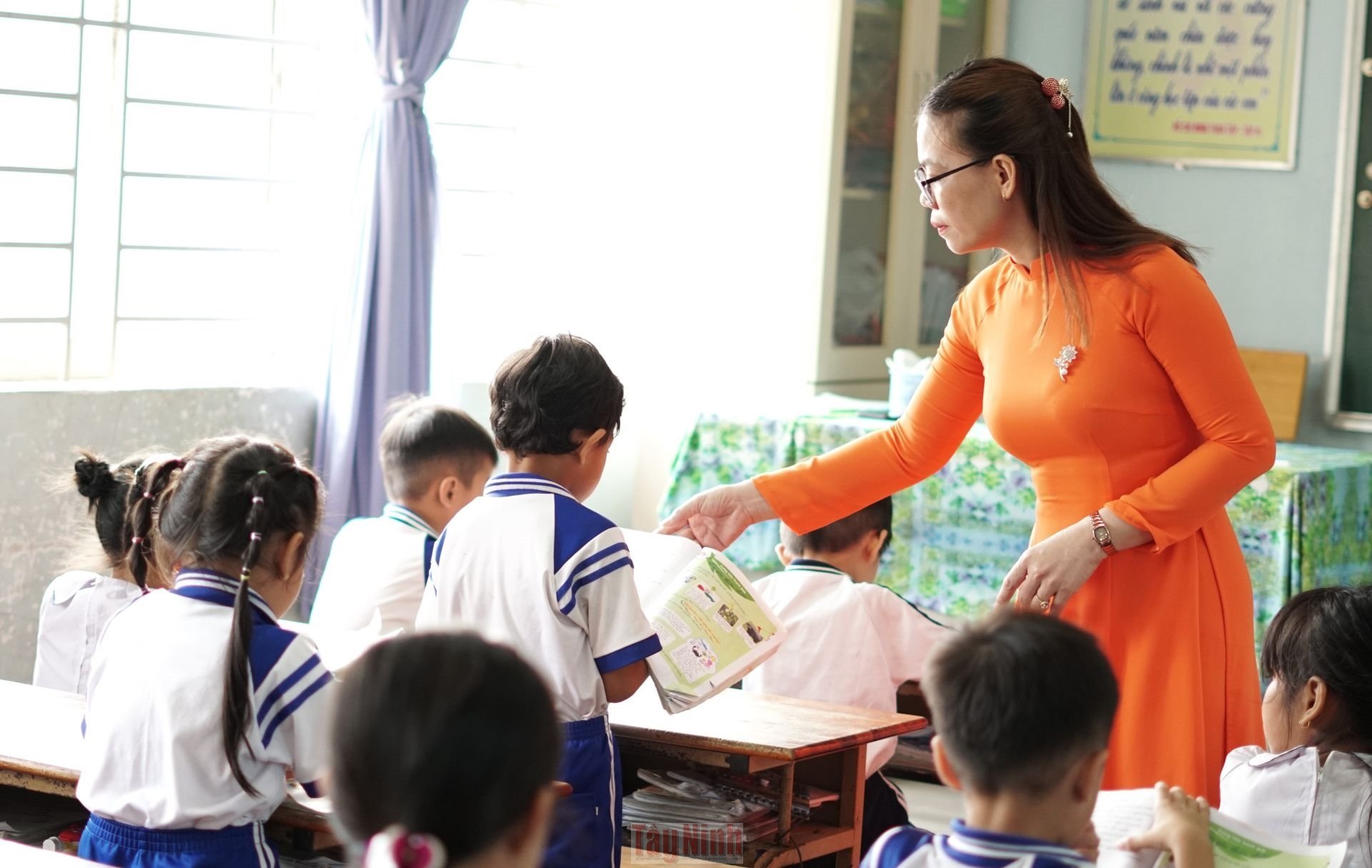
10 key tasks and solutions
The strategy sets out 10 key tasks and solutions to strive to achieve the above goals, including: 1- Perfecting institutions; 2- Innovating education management and school governance; 3- Implementing equity in access to education; 4- Developing a network of educational institutions to meet people's learning needs; 5- Innovating teaching content, methods, testing and assessment of education quality; 6- Developing a team of teachers and education managers; 7- Ensuring financial resources and facilities for education development; 8- Promoting the application of technology and enhancing digital transformation in education; 9- Promoting scientific research and innovation in higher education institutions; 10- Strengthening international integration.
Create a strong change in the quality of training and scientific research
In particular, the Strategy has policies to support children under 36 months of age to attend kindergarten, especially in areas with particularly difficult socio-economic conditions, industrial parks, export processing zones, and densely populated urban areas; continue to perfect support policies for learners who are social policy beneficiaries, ethnic minorities in areas with particularly difficult socio-economic conditions, orphans, homeless children, people with disabilities, people from poor and near-poor households; policies on educational credit, scholarships, and social subsidies for learners; policies on tuition exemption and reduction and support for tuition and living expenses, creating equal learning opportunities for everyone.
Develop an open education system; be flexible, diversify training models, educational programs, learning methods, apply technology, and digital transformation in education to suit all learners.
Effectively implement the general education program aiming at comprehensive development of the qualities and capacities of each individual learner; promote the integrated education method of Science, Technology, Engineering, Mathematics (STEM) and scientific research in general schools,
Increase investment resources to improve the quality of higher education, create a strong change in the quality of training, scientific research, technology transfer and innovation to meet the needs of human resources, focus on training human resources in industries that meet the requirements of developing a knowledge-based economy, digital economy, green economy, circular economy, especially in basic sciences, engineering, technology and new industries such as artificial intelligence, data science, semiconductors, etc.
Source: https://pnvnweb.dev.cnnd.vn/den-nam-2045-giao-duc-viet-nam-dat-trinh-do-tien-tien-cua-the-gioi-2025010220575033.htm


![[Photo] National Assembly Chairman works with leaders of Can Tho city, Hau Giang and Soc Trang provinces](https://vphoto.vietnam.vn/thumb/1200x675/vietnam/resource/IMAGE/2025/5/11/c40b0aead4bd43c8ba1f48d2de40720e)
![[Photo] Discover the beautiful scenery of Wulingyuan in Zhangjiajie, China](https://vphoto.vietnam.vn/thumb/1200x675/vietnam/resource/IMAGE/2025/5/11/1207318fb0b0467fb0f5ea4869da5517)


![[Photo] Prime Minister Pham Minh Chinh chairs the fourth meeting of the Steering Committee for Eliminating Temporary and Dilapidated Houses](https://vphoto.vietnam.vn/thumb/1200x675/vietnam/resource/IMAGE/2025/5/11/e64c18fd03984747ba213053c9bf5c5a)
![[Photo] The moment Harry Kane lifted the Bundesliga trophy for the first time](https://vphoto.vietnam.vn/thumb/1200x675/vietnam/resource/IMAGE/2025/5/11/68e4a433c079457b9e84dd4b9fa694fe)




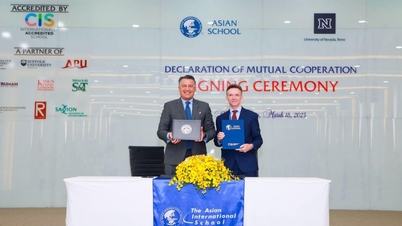



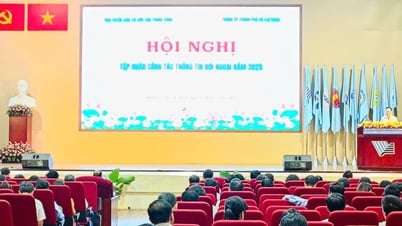



![[Video] Vietnamese primary school students are among the top in Southeast Asia in Math, Reading and Writing](https://vphoto.vietnam.vn/thumb/402x226/vietnam/resource/IMAGE/2025/5/11/12fcdc611db44eeaaa1559054e4c8e9a)


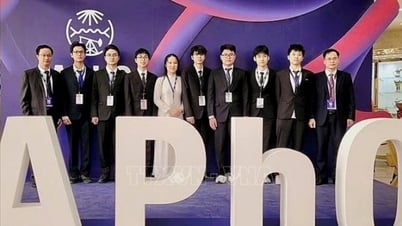








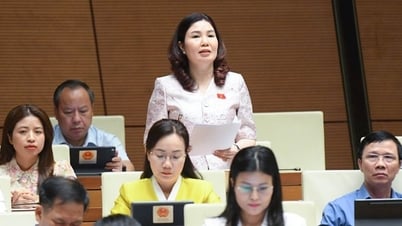












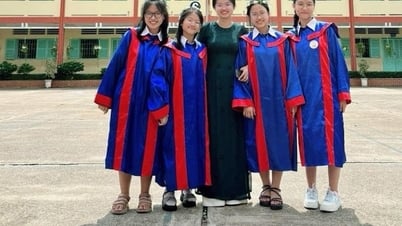


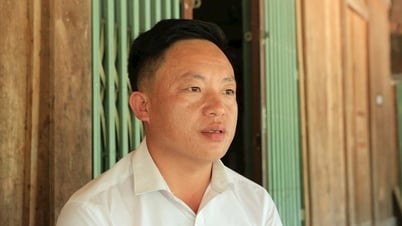

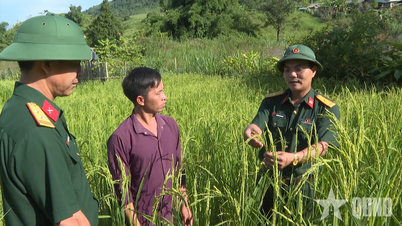








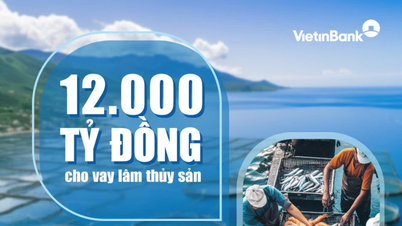


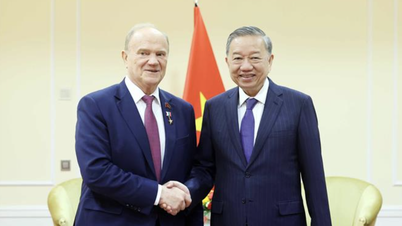

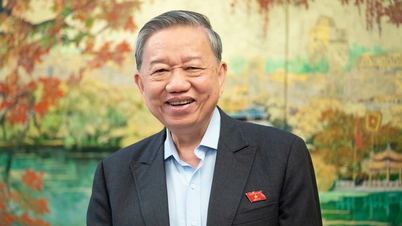







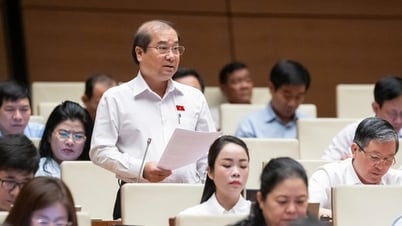





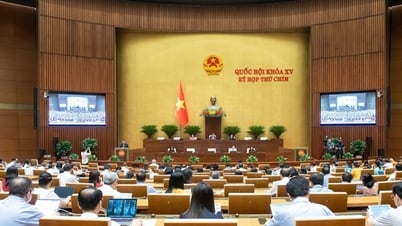


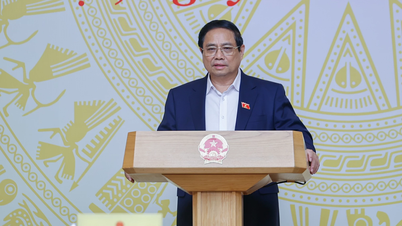
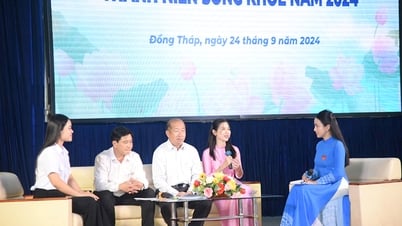













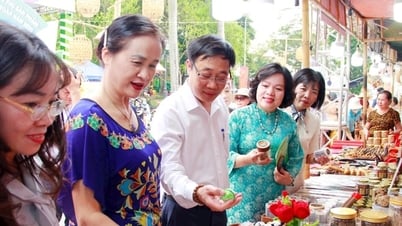
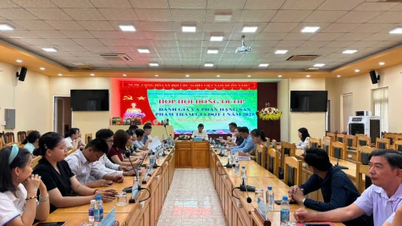

Comment (0)